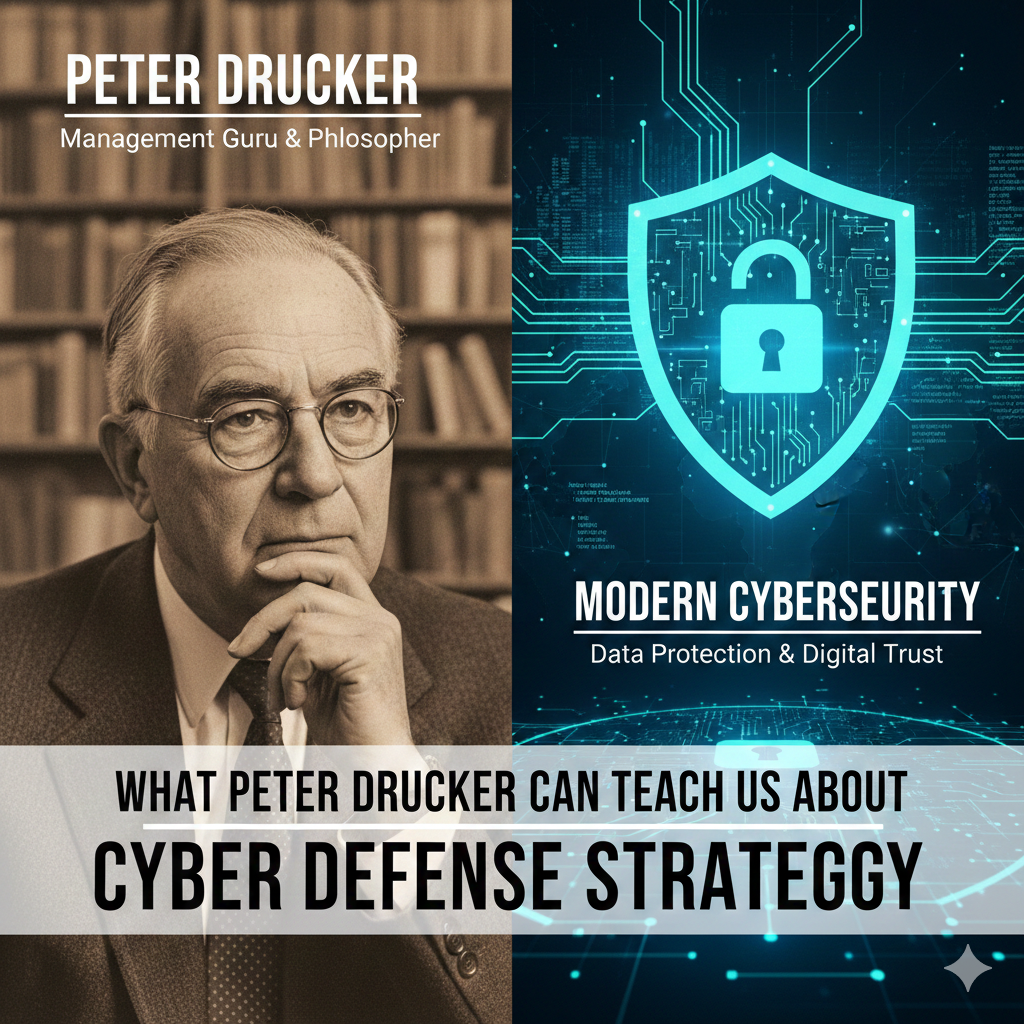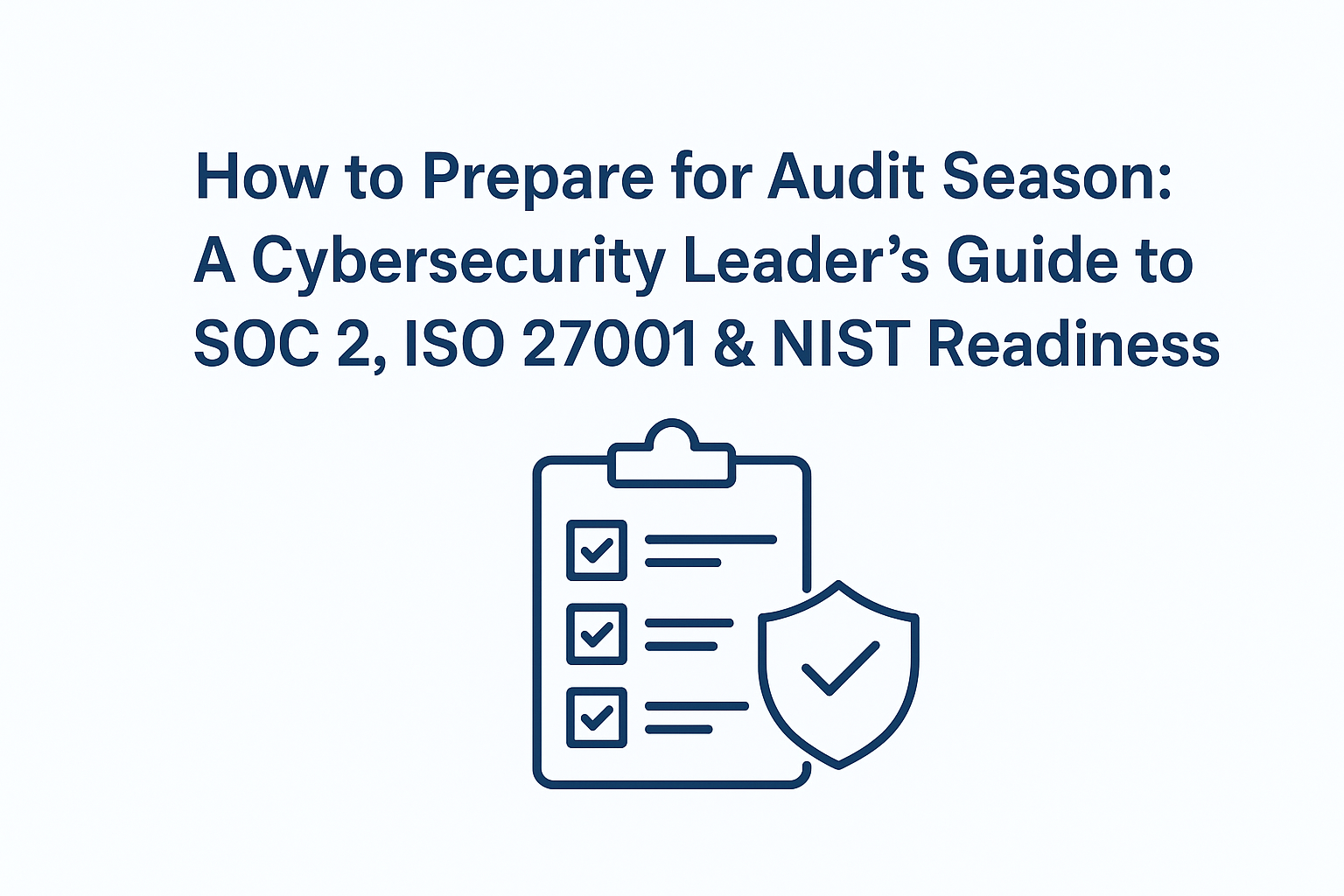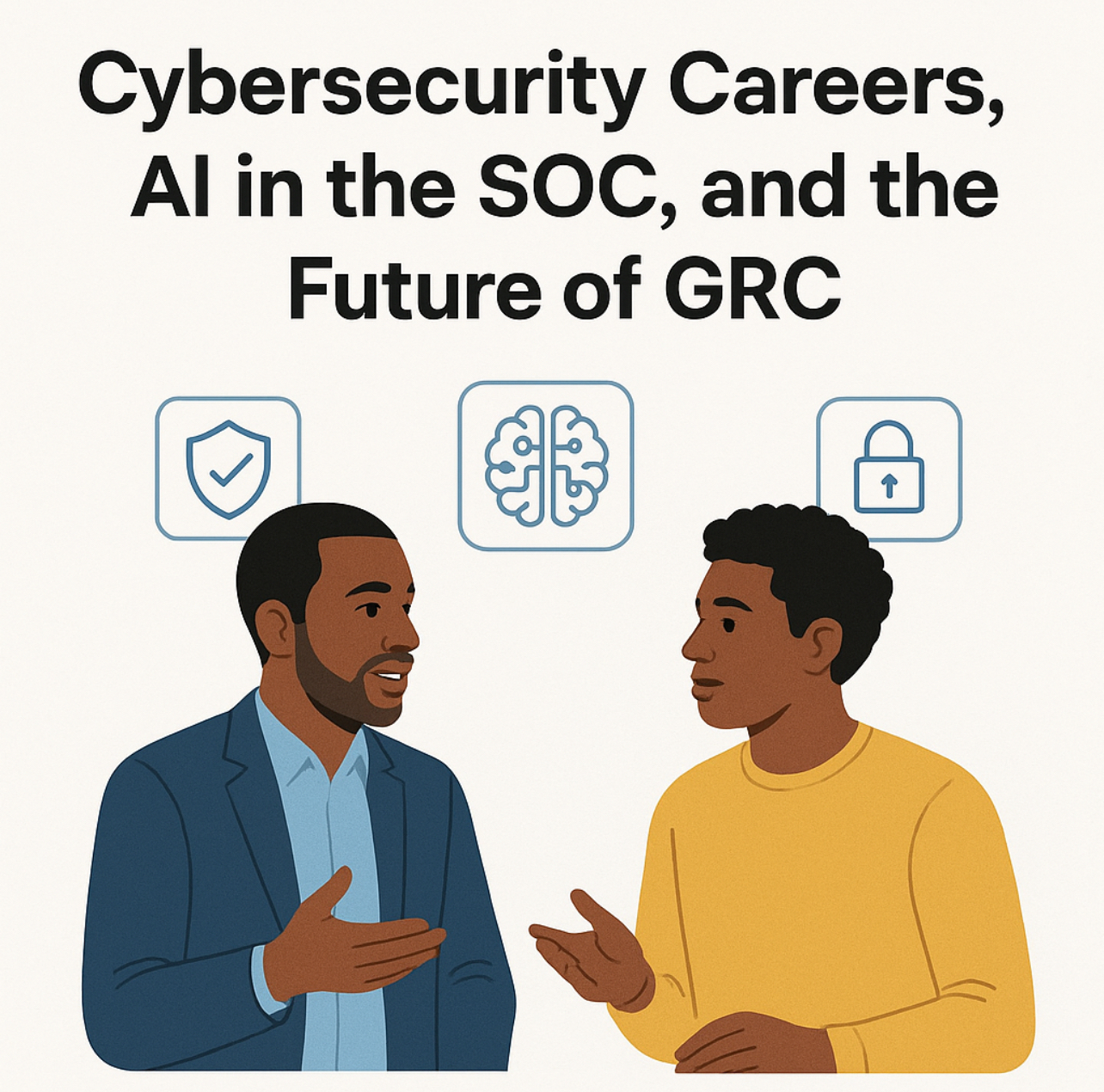What Peter Drucker Can Teach Us About Modern Cybersecurity
“Only three things happen naturally in organizations: friction, confusion, and underperformance. Everything else requires leadership.”
— Peter F. Drucker, Management: Tasks, Responsibilities, Practices (1973)
Cybersecurity proves this every single day.
You can buy tools, hire talent, and write policies… but none of that guarantees safety. Because the real breaches don’t start with malware …they start with misalignment.
Unclear priorities. Assumptions instead of communication. Teams moving fast but not together.
In a world where threats evolve hourly, leadership is the ultimate security control.


